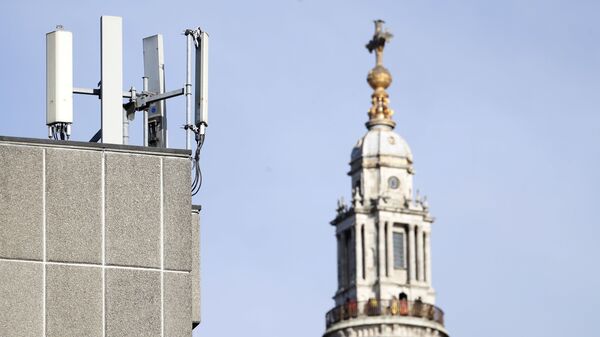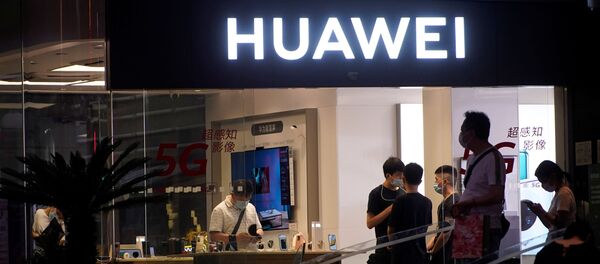Deploying 5G networks with artificial intelligence and autonomous technologies was a 'necessity' for the industry's success, according to a top Huawei official.
Emerging technologies such as 5G and autonomous driving required “ubiquitous and universal” end-to-end automation in smart networks despite deployment challenges, Daisy Zhu, Huawei 5G chief marketing officer said at the GSMA Thrive event on Tuesday.
According to figures, operational expense (OPEX) increased 10 percent every 10 years, namely due to low efficiency in deployment and maintenance.
— Kevin Liu (@PacdWeu) July 1, 2020
But telecom operators should carry more responsibilities in efforts to integrate IoT technologies and infrastructure, she said, adding that roughly 400 parameters could affect the deployment of 5G base stations, with one error failing an entire system.
But using artificial intelligence programmes in application programme interfaces (APIs) could boost network efficiency across installation and maintenance processes, including in adverse weather, Zhu said.
Such programmes would use Quick Response (QR) codes to automate 5G base station deployment via apps, potentially with robot instalments at sites.
She explained that 2G, 3G and 4G consumed significantly more power, resulting in higher carbon emissions. But 5G could reduce base station carbon footprints using AI to redistribute power consumption as well as monitor carbon output from manufacturing, transport and operational processes, she said.
— GSMA (@GSMA) July 1, 2020
“So after three levels of energy consumption reductions, we can reduce the energy consumed by 50 times,” Zhu said.
According to the official, operators typically monitored bandwidth between base stations and needed to predict 5 to 10 days before deployment.
But AI was a 'game changer' in network automation, resulting in a tenfold increase in operation efficiency, 20 percent increase in spectrum efficiency and fivefold time-to-market deployment.
She concluded that 'zero-touch' maintenance and energy efficiency as well as APIs for service providers were major advantages in using AI to deploy 5G networks.
She concluded: “The content as well as values can be unleashed, and even higher [levels of] automation can be realised."
The news comes after the Institute of Electrical and Electronics Engineers reported concerns that 5G base stations could potentially use more energy than conventional cell masts.
According to the International Telecommunications Union (ITU), 5G base stations must meet "challenging, measurable requirements on the data rates, latency and reliability" for mobile networks.
But small cell technology, which broadcasts low frequency radio signals up to a few kilometres, consumes lower energy levels compared to conventional cell types, despite requiring more small cells to cover a network area.
"This is a major problem, but I don't think it will be a showstopper," Emil Björnson, associate professor at Linköping University in Sweden said at the time.



